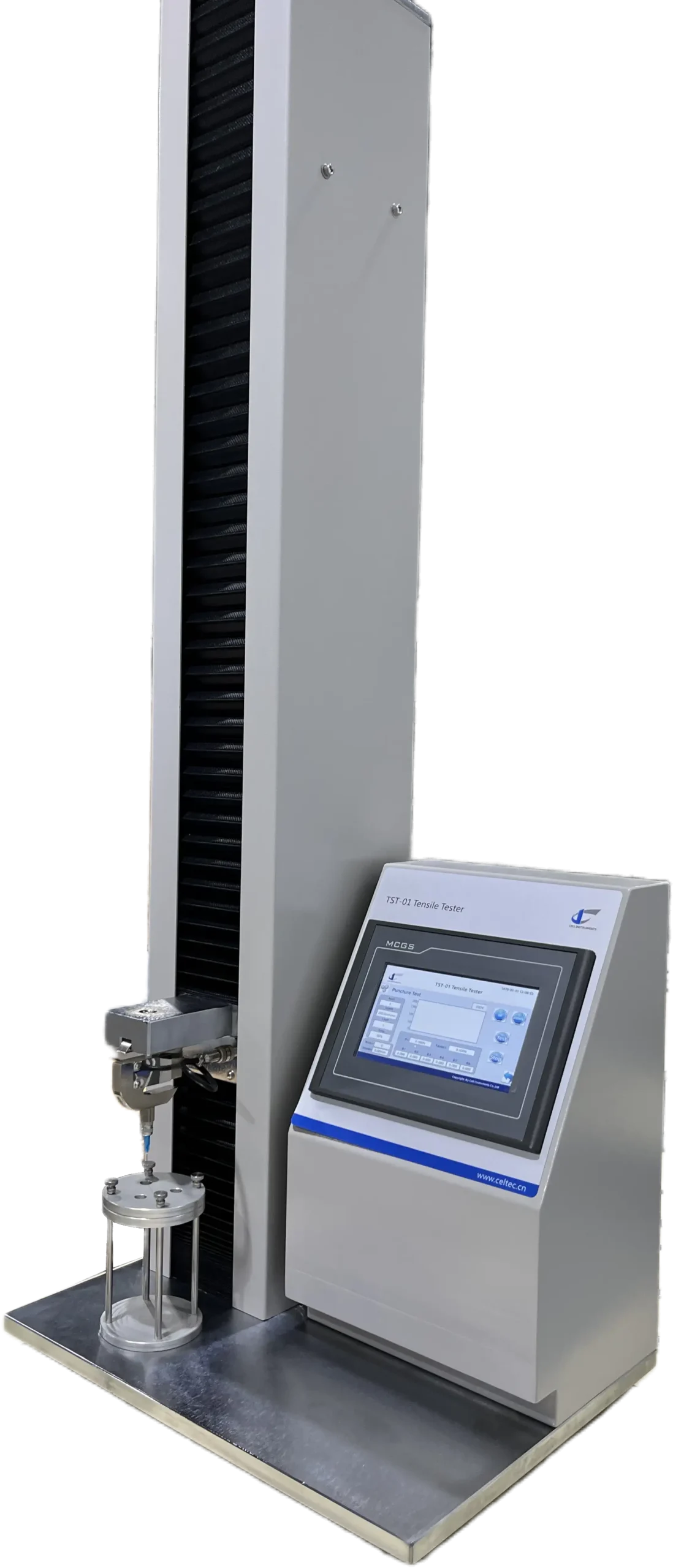Geomembranes Puncture Test - The Basics
So, what exactly is the geomembranes puncture test? In essence, it is a controlled laboratory procedure that simulates a specific type of localized stress a geomembrane might experience in the field. Imagine a sharp stone protruding from the subgrade or a point load from uneven settlement. The ASTM D4833 test quantitatively measures a material’s ability to resist such forces.
Unlike a tensile test that pulls the material from both ends, this test applies a force perpendicular to the plane of the specimen. This setup more accurately replicates the kind of threat that could compromise the liner’s barrier function. The result is a single, definitive value—the index puncture resistance—expressed in force units (Newtons or pounds-force). This value allows for direct comparison between different geomembrane products, grades, and batches.
The Significance of the Geomembranes Puncture Resistance Test
Why is conducting a geomembranes puncture resistance test so critical? The answer lies in risk mitigation. Geomembranes are often installed in harsh environments with aggressive subgrades. During and after installation, they are subject to static and dynamic loads.
- Quality Control: Manufacturers use this test to ensure their products consistently meet published specifications.
- Material Selection: Engineers rely on the index values to select the most appropriate geomembrane grade for a project’s specific stress conditions.
- Predicting Performance: While an index test does not perfectly replicate field conditions, it provides a reliable and standardized benchmark for predicting how a material will perform under puncture stress.
By standardizing the methodology, ASTM D4833 eliminates variables and ensures that data is consistent and comparable across different laboratories and production dates. This standardization is the bedrock of trust in the supply chain for geosynthetic materials.
Geomembrane Puncture Strength Test Process
The procedure for the geosynthetic puncture test, as outlined in ASTM D4833, is methodical and requires careful attention to detail to ensure accurate results. The core of the test involves a ring clamp attachment and a tensile testing machine.
- Specimen Preparation: We cut a representative specimen to a size that extends beyond the outer edges of the clamping plates. This ensures the specimen is securely held without slippage during the test.
- Clamping: We clamp the specimen without tension between two circular plates. It is crucial that the specimen is centered perfectly to ensure the puncture rod contacts the exact center of the unsupported area.
- Testing: We set the testing machine to a constant speed of 300 mm/min (12 in/min). The solid steel puncture rod, attached to the moving crosshead, then travels downward against the stationary, clamped specimen.
- Rupture and Data Collection: The rod continues its travel until it completely ruptures the specimen. The testing machine’s software or indicator records the force throughout this process. The maximum force registered during the test is the reported index puncture resistance of geomembranes.
A key point to note, as per the standard, is that for some composite materials, the force curve may show a double peak. In such cases, the standard instructs us to report the initial peak value, even if a subsequent peak is higher.
Key Factors for Accurate ASTM D4833 Testing
Achieving reliable and repeatable results hinges on several critical factors:
- Calibration: Regular calibration of the tensile testing machine is fundamental. The load cell must accurately measure the force being applied.
- Clamping Force: The specimen must be held securely to prevent slippage, but excessive clamping force can pre-stress or damage the specimen near the clamp edges, leading to premature failure.
- Test Speed: Adhering strictly to the specified crosshead speed of 300 mm/min is essential. Deviations can significantly alter the measured puncture resistance value.
- Puncture Rod Condition: The standard steel rod must be maintained and free of nicks or deformation that could influence the result.
The reliability of your ASTM D4833 test data is directly tied to the performance of your testing equipment. A robust and precise tensile testing machine is the cornerstone of this process. The machine must offer:
- A wide, selectable load range to ensure the rupture occurs between 10% and 90% of the capacity, as the standard requires.
- Precise speed control to maintain the mandated 300 mm/min without fluctuation.
- A sensitive data acquisition system to accurately capture the peak force, including instances of double peaks in composite materials.
For laboratories and quality control departments seeking uncompromising accuracy and efficiency, Cell Instruments provides the ideal solution. Our series of microprocessor-controlled tensile testing machines are engineered to meet the rigorous demands of ASTM D4833.


